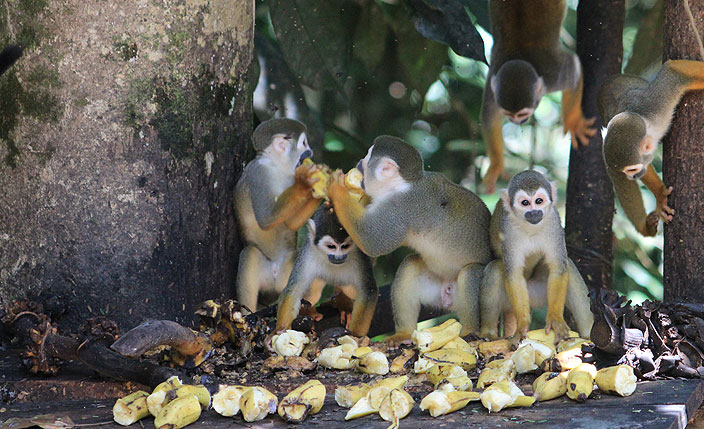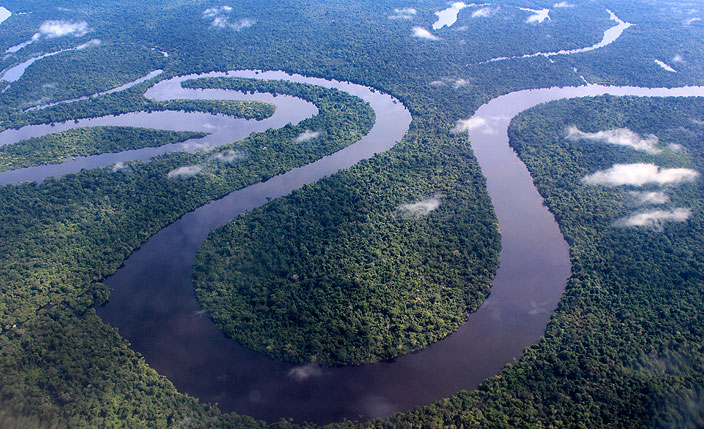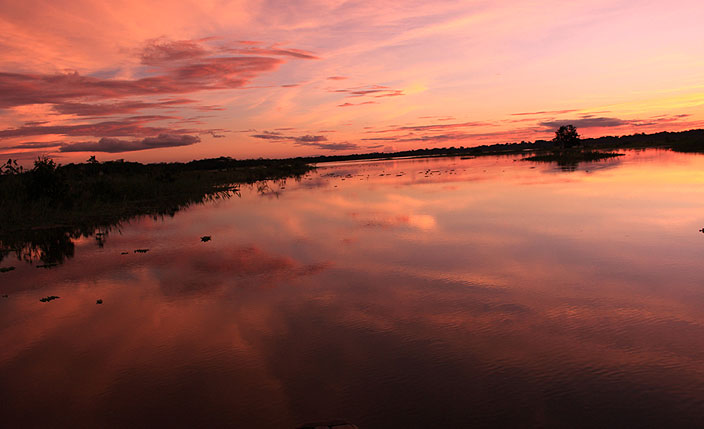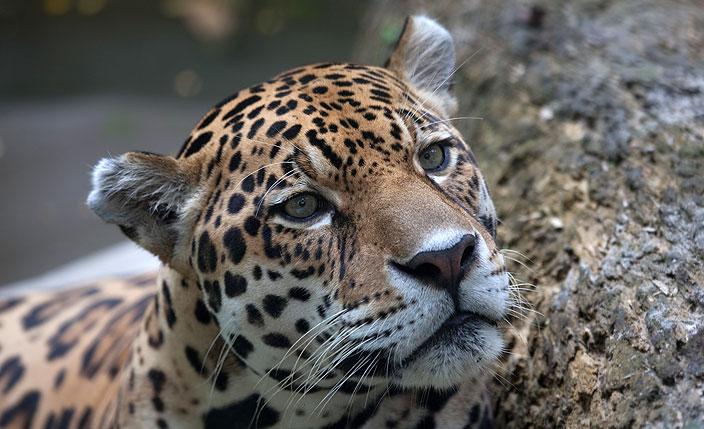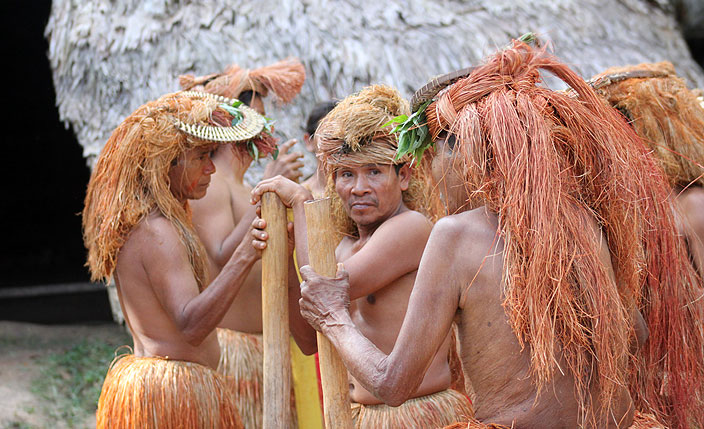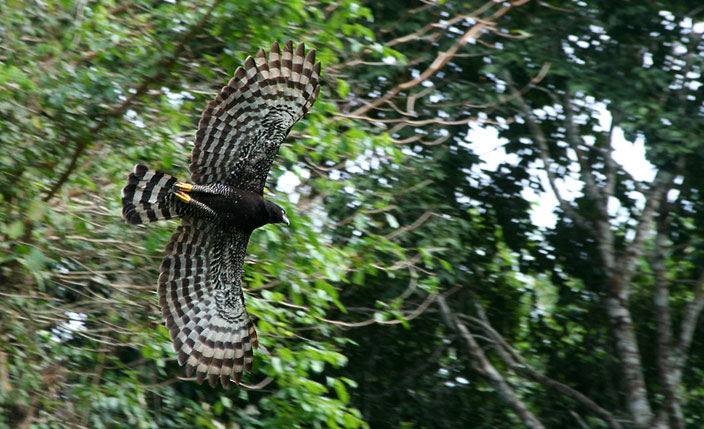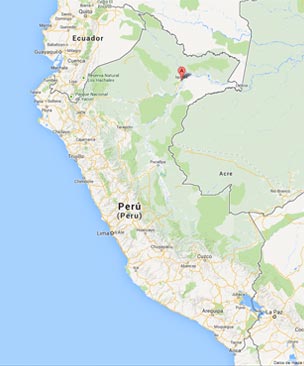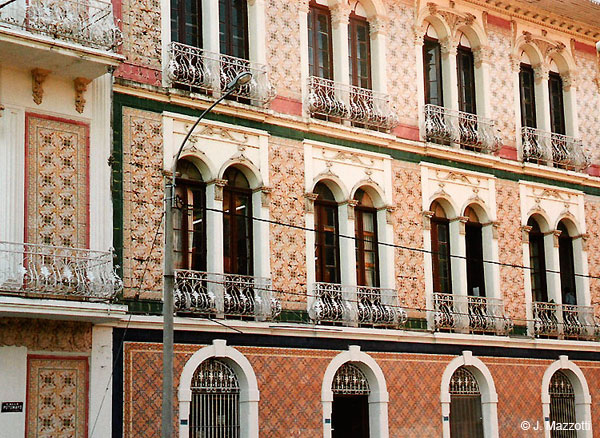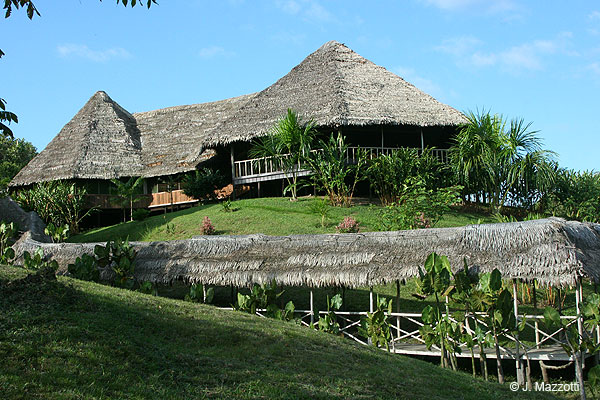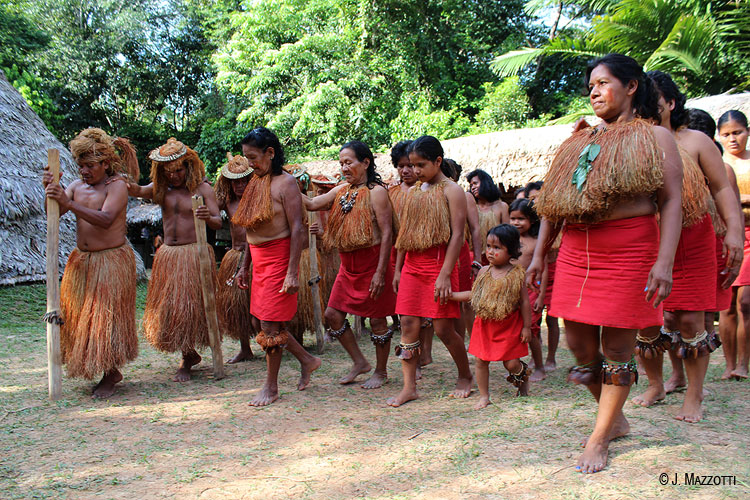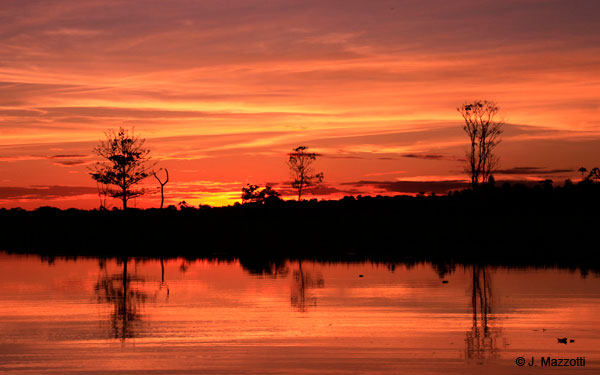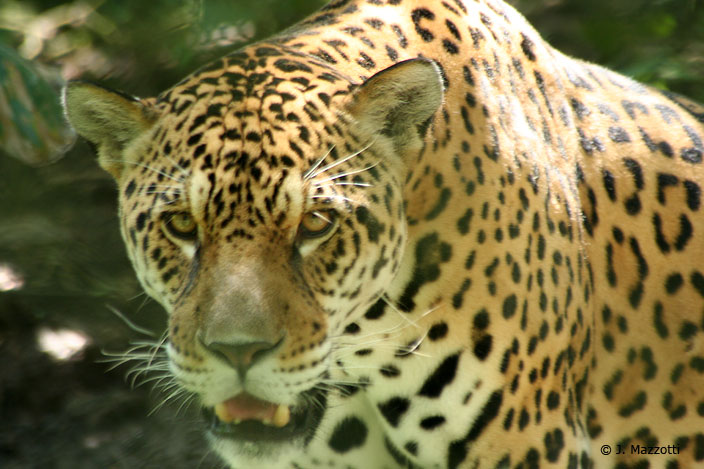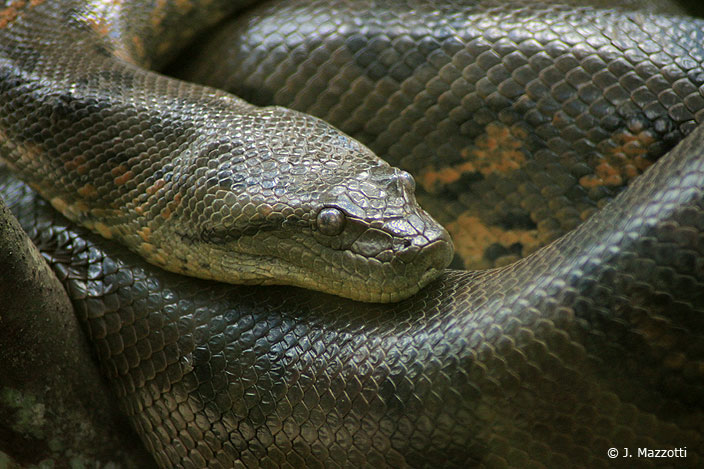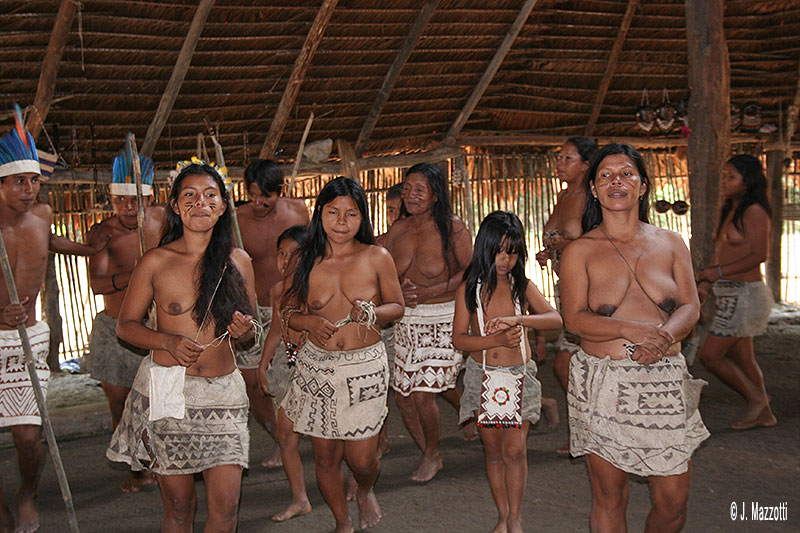Travel to Iquitos | Hotels and Amazon Tours
Top things to do in Iquitos
Iquitos is for fans of nature and biodiversity, bird, wildlife and flower watchers, those interested in mysticism and traditions and who are passionate about sailing the rivers of the Amazon basin and Pacaya Samiria National Reserve.
 |
 |
 |
 |
 |
Iquitos Travel Guide - Planning to Travel to Iquitos
The mighty Amazon, the longest river in the world that unites the people that live in the heart of the rainforest, crosses this region. Its forests grow on white sand and are home to an extremely diverse array of flora and fauna. Loreto has exotic scenery in the Pacaya Samiria National Reserve, which is home to pink dolphins, and the Allpahuayo Mishana National Reserve, with its huge variety of endemic birds, orchids and butterflies.
Coexisting with native communities is part of daily life. Its cities are architecturally beautiful. Loreto and Iquitos area are an experience that you live to the full.
The conventional way to easily reach this area is to navigate by the rivers and staying in amazon lodges that offer the service of expeditions in the jungle, lodging and meals. There are daily flights to from Lima, Tarapoto and Pucallpa.
Iquitos & Amazon Rainforest: Visit the spectacular Amazon Jungle and sail on Amazon River. The surreal is simply real in Iquitos, the proud "Capital of the Amazon." Pacaya Samiria is the biggest National Reserve of Peru, also it is the largest protected flooded forest of the world and one of the richest places in biological wealth on the planet.
Our guide to Iquitos gives you expert recommendations on the best attractions, restaurants, hotels, Amazon Jungle Lodges and more.
Sights & Attractions in Iquitos
Iquitos City
Iquitos is the largest city in the Peruvian rainforest, the capital of the Loreto Region, it's located at the confluence of the Amazon, Itaya and Nanay rivers. Founded in 1764 by Jesuit missionaries and evangelists, famous for the legends of "El Dorado" (The Golden) and the "País de la Canela" (Country of the Cinnamon). The city is a prosperous, vibrant jungle metropolis and has great commercial activity, port, oil refineries, shipyards, a large timber industry and tourism. Highlights include the Tarapacá riverwall or Boulevard, Amazon Museum, the neighborhood of Belén, historic buildings with magnificent tiled mansions as the Iron House and houses of rubber barons, and craft markets. Good tourist services of hotels, elegant restaurants with exotic cuisine, bars, nightlife clubs and discos. The starting point for exploring the jungle and Amazon River.
Around Iquitos
You will be able to visit nearby villages and lakes, the Quistococha tourist complex and its mini-Zoo for a first encounter with the regional fauna and flora, the manatees rescue centre, the picturesque neighborhoods of Santo Tomás and Zungarococha lagoon, Artisans Market of San Juan, Santa Clara, Pilpintuwasi Butterfly Farm and the native towns of Yaguas and Boras and another places.
Amazon River
The longest river in the world and is by far the largest by waterflow, that unites the people that live in the heart of the rainforest, forming one of the richest ecosystems on the planet, with a huge variety of flora and fauna and amazing landscapes. The Amazon River is so wide that at some points you can see the curvature of the earth like ocean, born with the confluence of the Marañón and Ucayali rivers, in front of Nauta and Pacaya Samiria National Reserve, navigable in its entirety and empties into the Atlantic Ocean. The Amazon River was declared as one of the New 7 Wonders of Nature.
Pacaya Samiria
Pacaya Samiria "the Mirrored Jungle" with 2 million hectares, it is the biggest National Reserve of Peru, also it is the largest protected flooded forest of the world and one of the richest places in biological wealth on the planet. Between its biological diversity we find 449 of tropical bird species, 102 of mammals, 256 known species of freshwater fish, 69 of reptiles and more than 1000 varieties of plants, as well as species in danger of extinction like the giant otter, the black lizard, the manatee and the pink dolphin of the Amazon. The place's beauty, as well as its biological wealth makes the reserve a particularly important destination for scientific investigators, nature lovers and bird watchers.
In the territories of Loreto are located the Pacaya Samiria National Reserve, Allpahuayo Mishana National Reserve, Matsés National Reserve, Güeppi Reserved Area, Pucacuro Reserved Area, Santiago Comaina Reserved Area, Sierra del Divisor Reserved Area. Some of them with facilities for visiting tourists, to enter this protected areas, prior authorization from SERNANP is required. All expeditions must be accompanied by an official guide.
Exploring the Rainforest
River cruises or stay in a Jungle Lodge are the two most recommended ways to exploring the northern Amazon rainforest. In both cases, the tour operators will be waiting for you at the airport from your arrival to Iquitos City, and after your visit, they return you directly to the airport, or to Iquitos. The jungle lodges have elaborated an excellent plan of activities in the rainforest, services of expeditions for wildlife encounter, lodging and meals, and completing the formalities for entry to protected areas. The river cruises, especially in Pacaya Samiria National Reserve, is a unique experience.
Native Communities
In the pristine forests of Loreto department, inhabit jungle tribes as Boras, Yaguas, Capanahuas, Huitotos and Cocamas, almost all incorporated to the civilization by evangelical missionaries, but they conserve much of their ancestral customs. Some native communities have incorporated the rural tourism, and handicrafts, and encouraging its inclusion and participation in the globalization process, rendering tourism a complementary source of income, as well as a conservation tool for its history and environment.
How to travel to Iquitos
Iquitos is perhaps the world's largest city that cannot be reached by road. Its communication is based on river and air transport.
By Air: Regular flights to Iquitos from Lima, Tarapoto and Pucallpa. International flights from Panama and connections.
By River: From Pucallpa, Yurimaguas and Caballococha - border with Colombia and Brazil.
